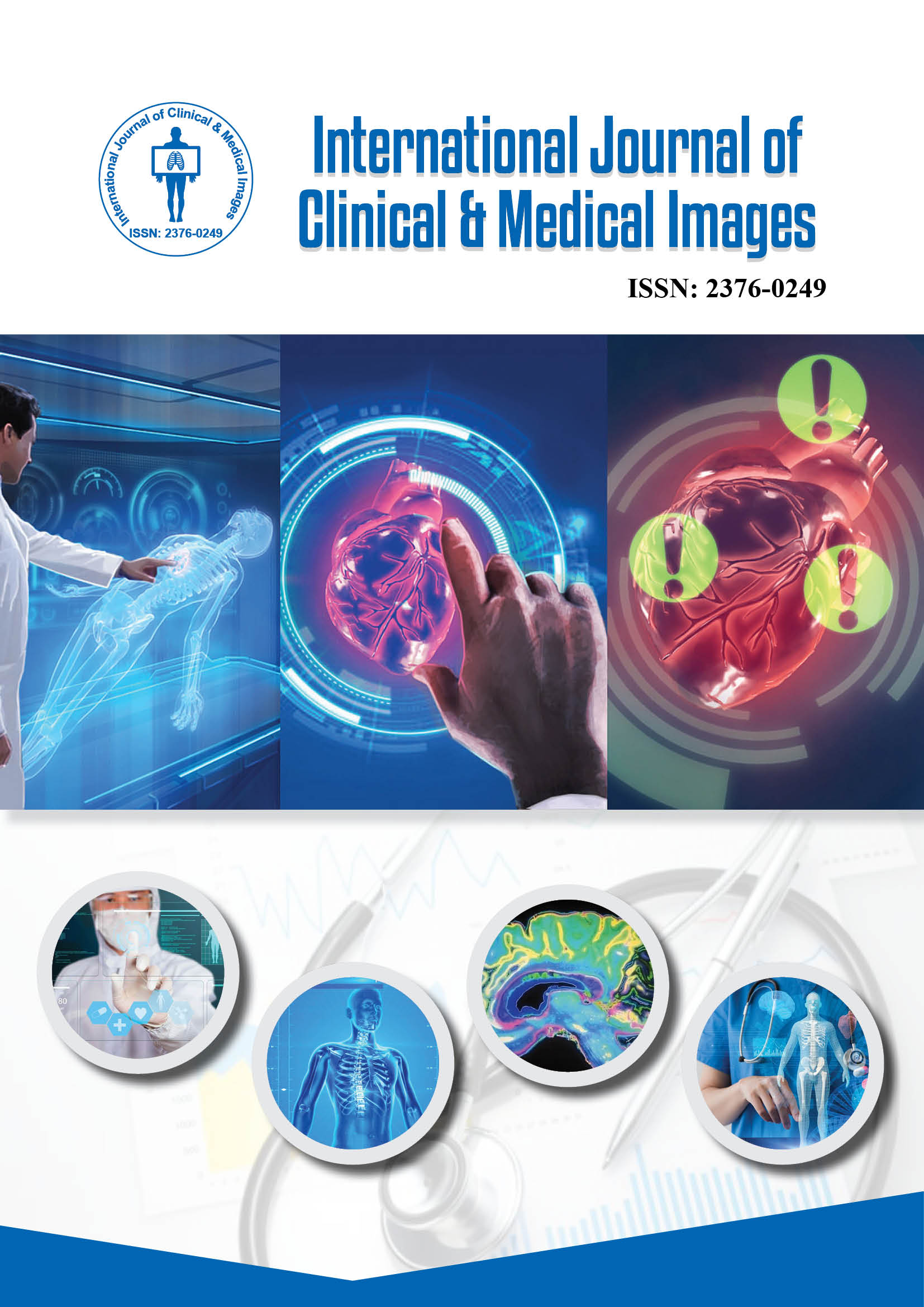2376-0249
Editorial - International Journal of Clinical & Medical Images (2025) Volume 12, Issue 2
Author(s): Saba Ahmad
The emergence of imaging biomarkers has revolutionized the field of oncology by providing a non-invasive window into tumor biology, therapy response and disease progression. Unlike traditional biomarkers obtained from blood or tissue samples, imaging biomarkers capture functional, metabolic and structural information directly from the tumor and its microenvironment. By quantifying these parameters, clinicians can evaluate treatment efficacy, predict outcomes and tailor therapeutic strategies to individual patients. The integration of advanced imaging modalities such as magnetic resonance imaging (MRI), computed tomography (CT), positron emission tomography (PET) and hybrid imaging techniques has made imaging biomarkers an essential tool for personalized cancer care [1].
Structural imaging modalities, including CT and MRI, provide foundational data for tumor assessment. CT allows precise measurement of tumor size, shape and density, which are crucial for evaluating changes during treatment. MRI offers superior soft-tissue contrast and tissue characterization, enabling the identification of necrosis, edema and fibrosis. In particular, functional MRI techniques, such as diffusion-weighted imaging (DWI) and dynamic contrast-enhanced (DCE) MRI, offer quantitative insights into cellularity, vascularity and perfusion of tumors. These parameters serve as imaging biomarkers that reflect biological processes within the tumor, providing early indicators of therapy response even before volumetric changes occur.
Artificial intelligence (AI) and radiomics are increasingly enhancing the utility of imaging biomarkers. Radiomic analysis extracts high-dimensional data from standard imaging studies, identifying subtle patterns and textural features that are invisible to the human eye. AI algorithms can integrate radiomic data with clinical and molecular information, predicting therapy response, disease progression and survival outcomes with remarkable accuracy. This convergence of imaging and computational analysis represents a transformative shift in oncology, enabling truly personalized, data-driven cancer care [2].
In conclusion, imaging biomarkers have become a critical component of cancer therapy monitoring and prognosis. By combining anatomical, functional and molecular imaging, clinicians can assess treatment response, predict outcomes and make informed, individualized decisions. CT, MRI, PET and hybrid imaging modalities, augmented by AI and radiomics, provide a comprehensive, non-invasive toolkit for precision oncology. As imaging technology and computational analysis continue to advance, imaging biomarkers will play an increasingly central role in optimizing cancer therapy, improving survival and enhancing quality of life for patients.
Imaging Biomarkers, Cancer Therapy Monitoring, Oncology Prognosis
None.
None.
 Awards Nomination
Awards Nomination

